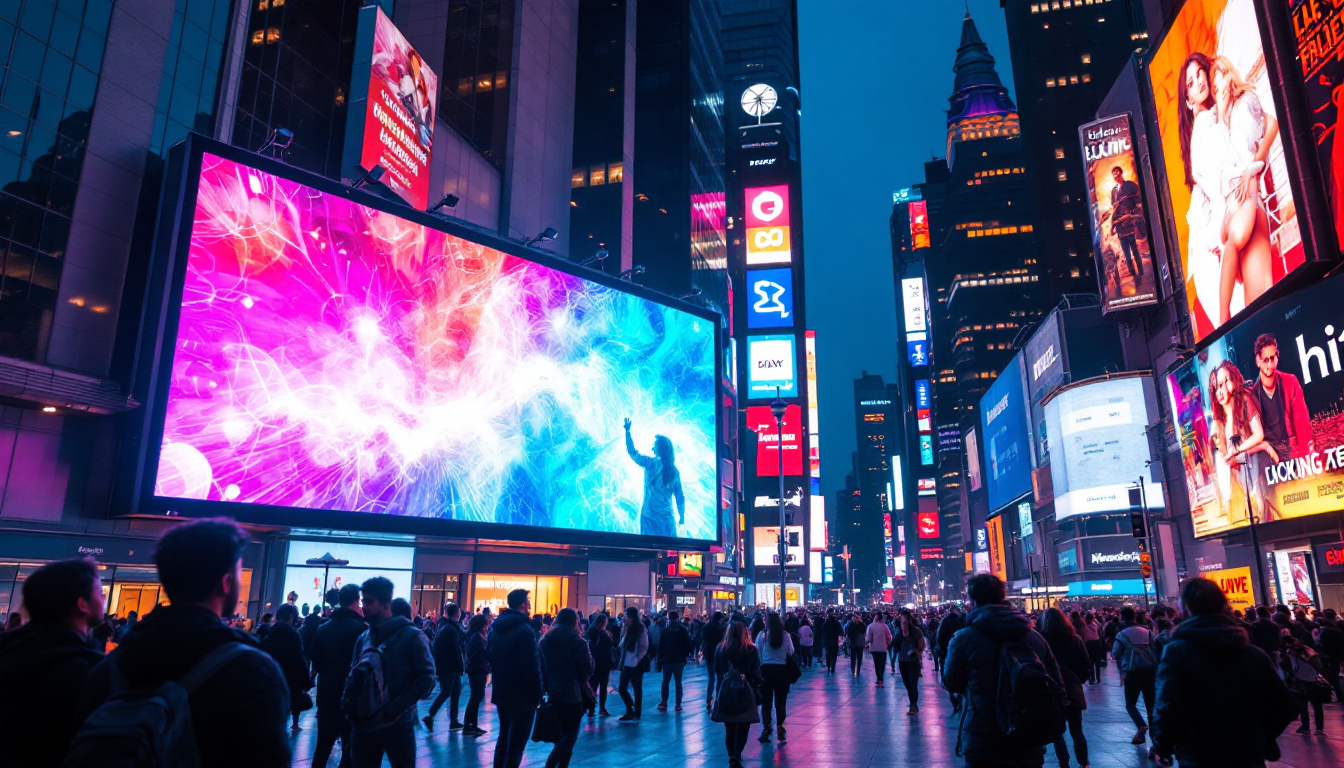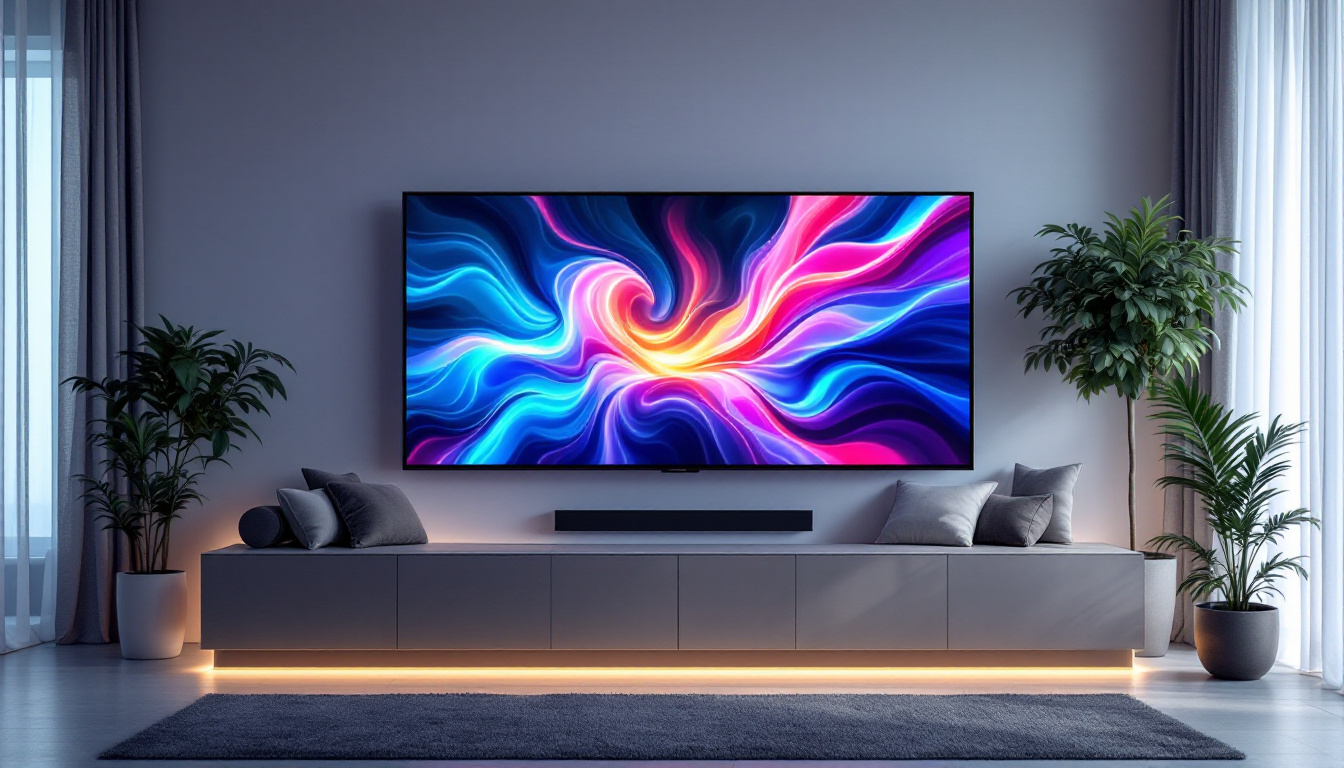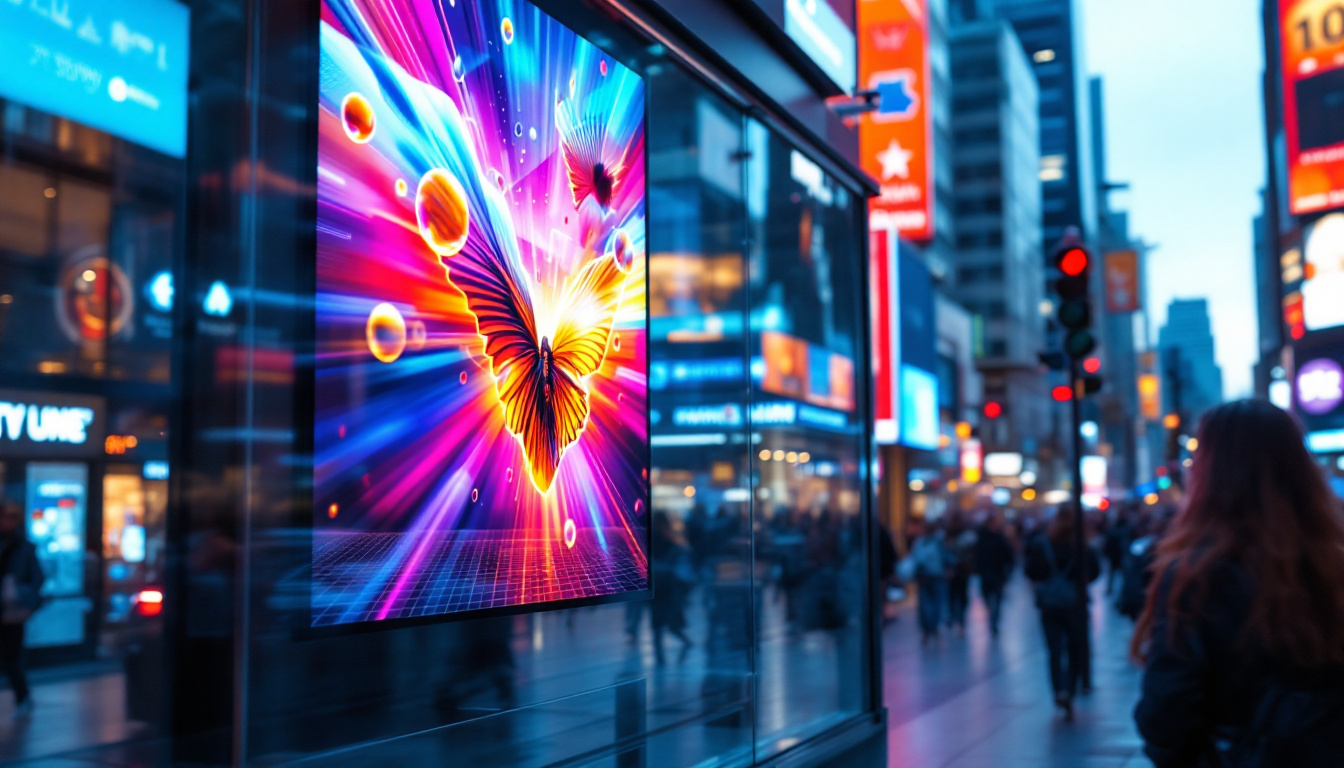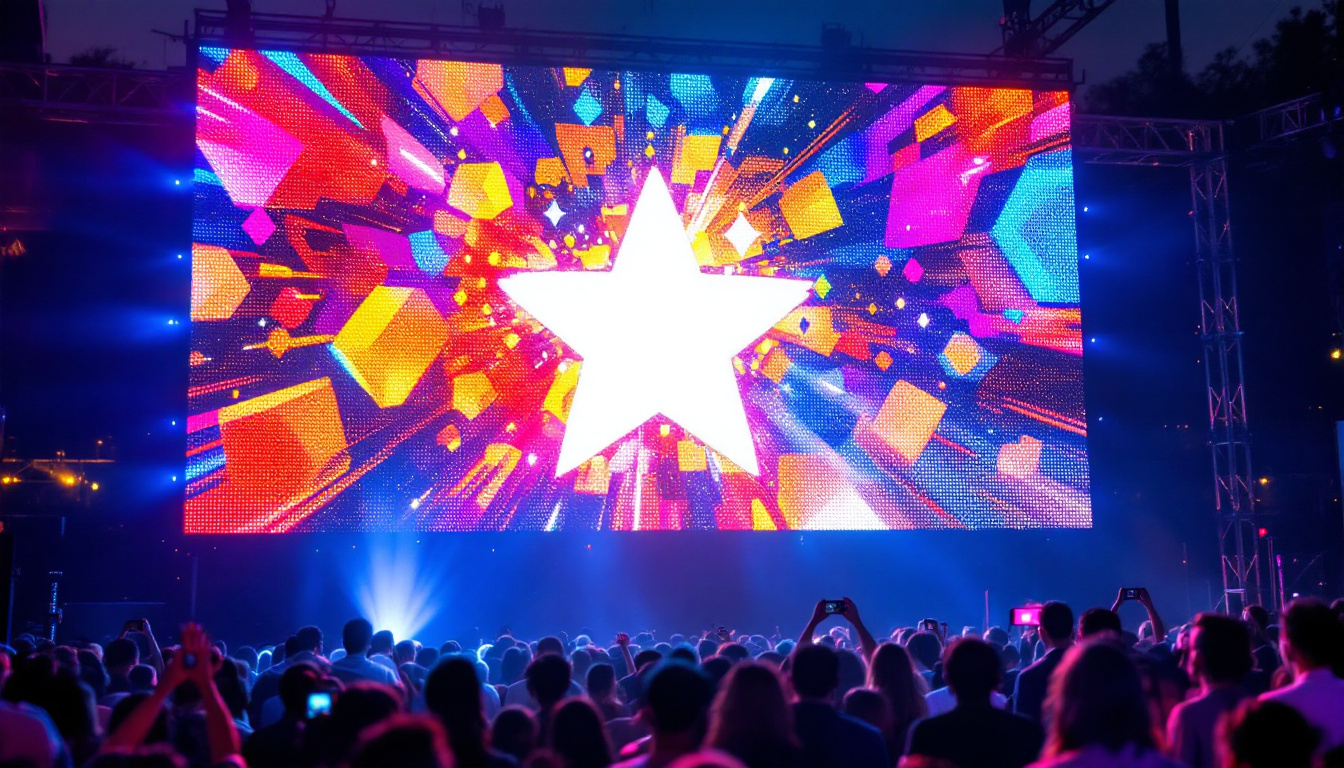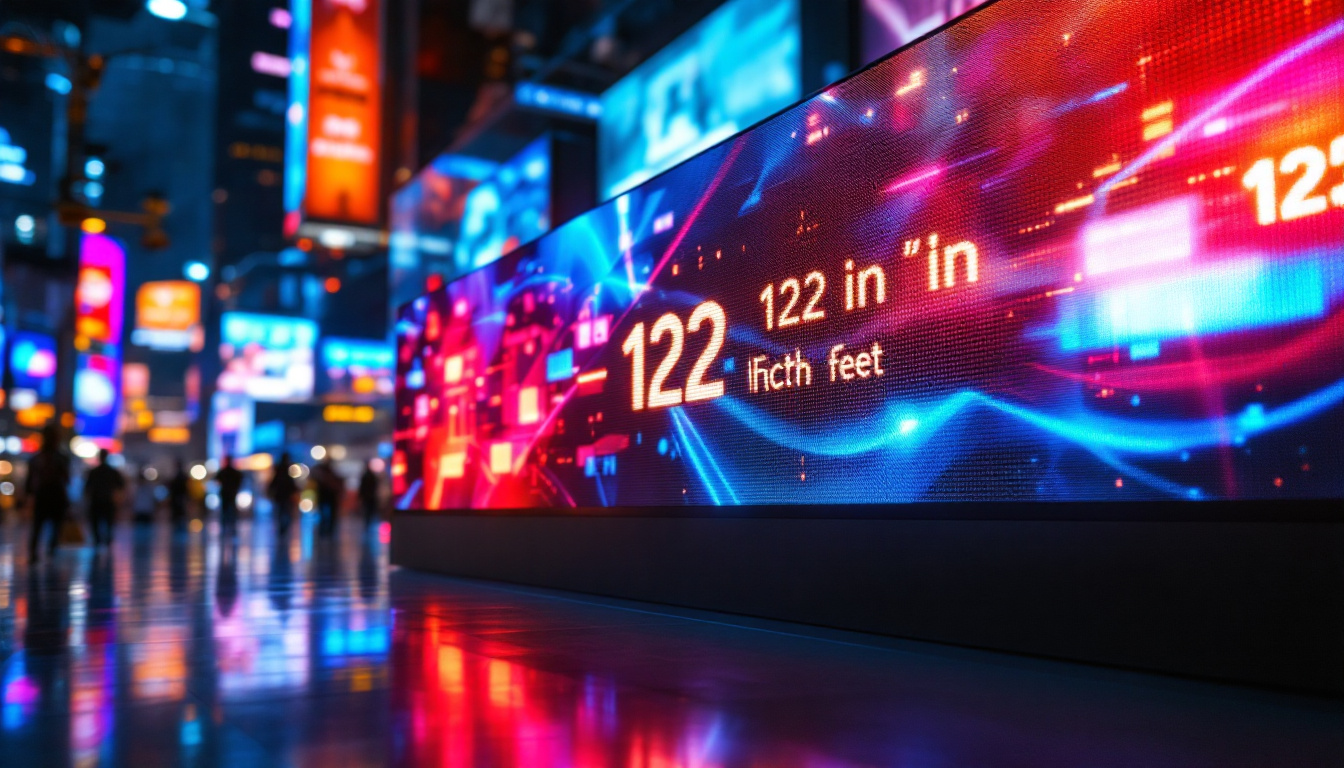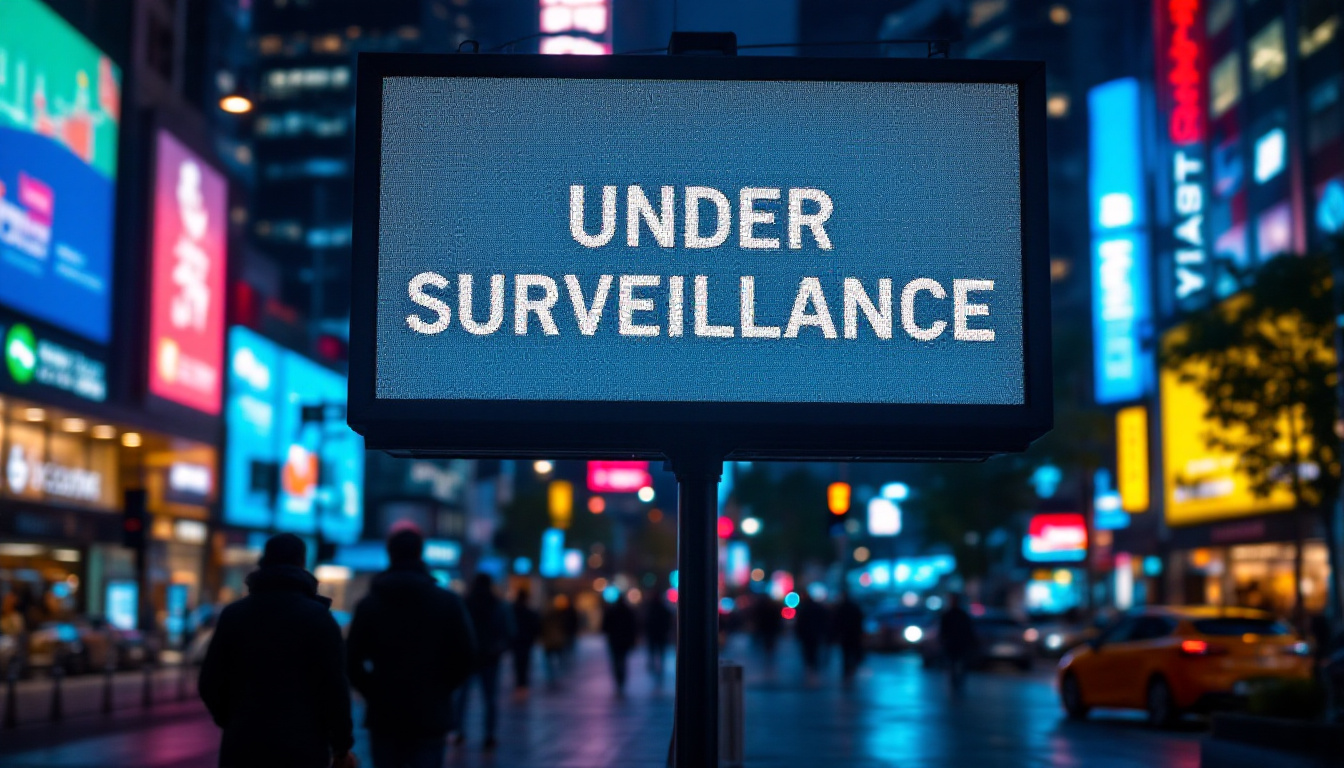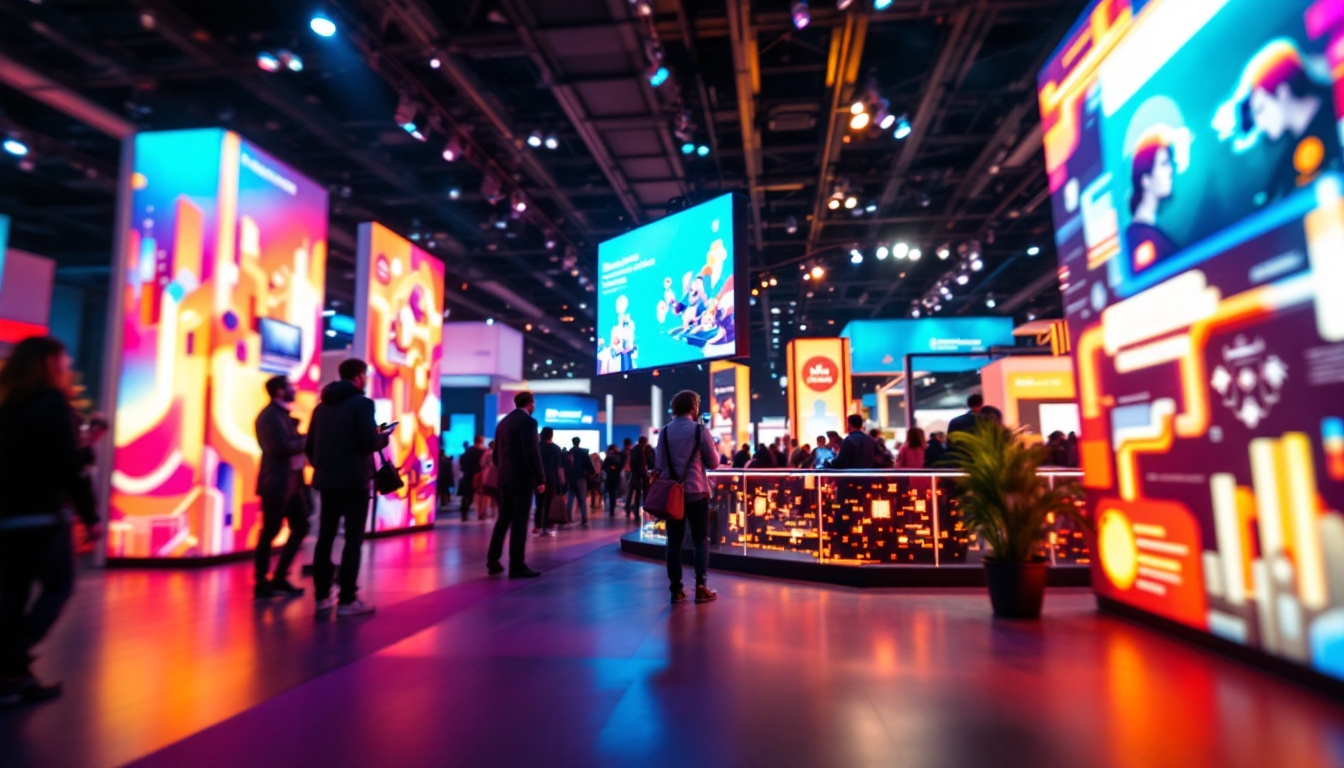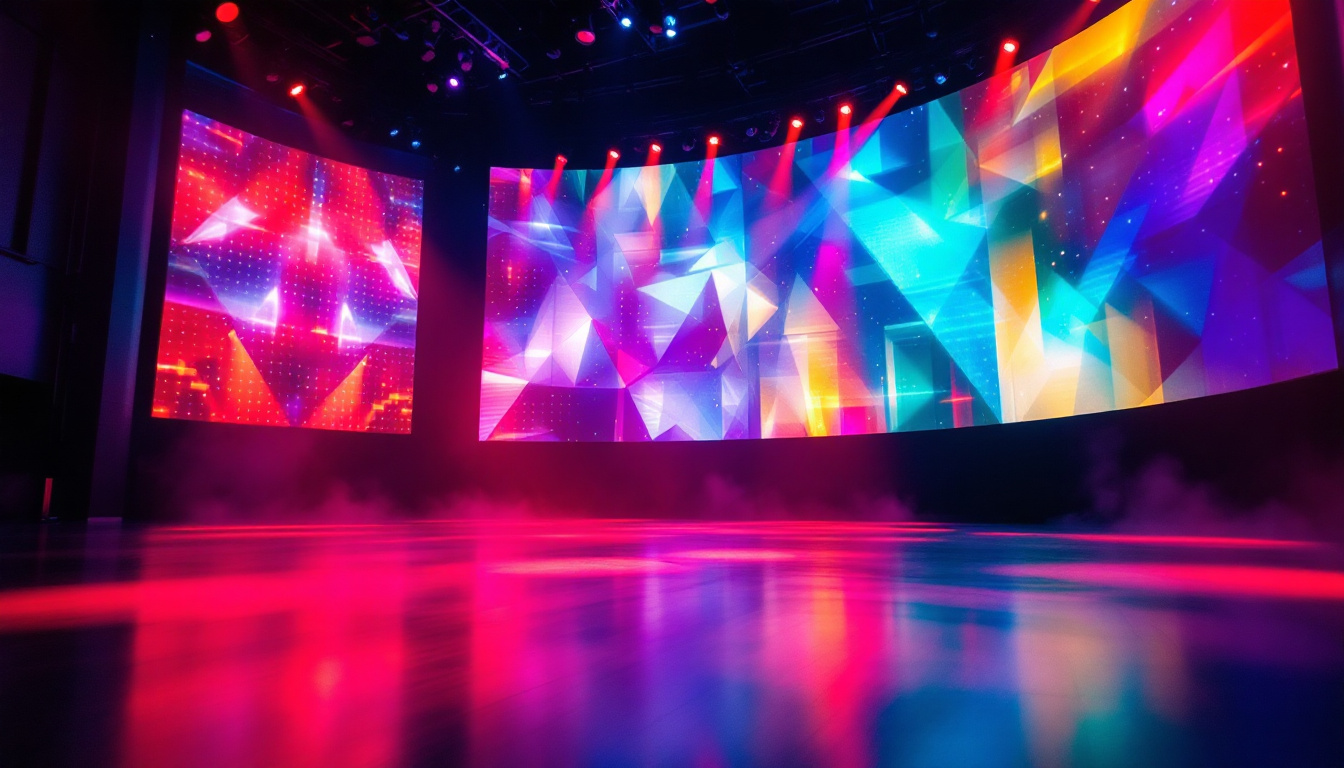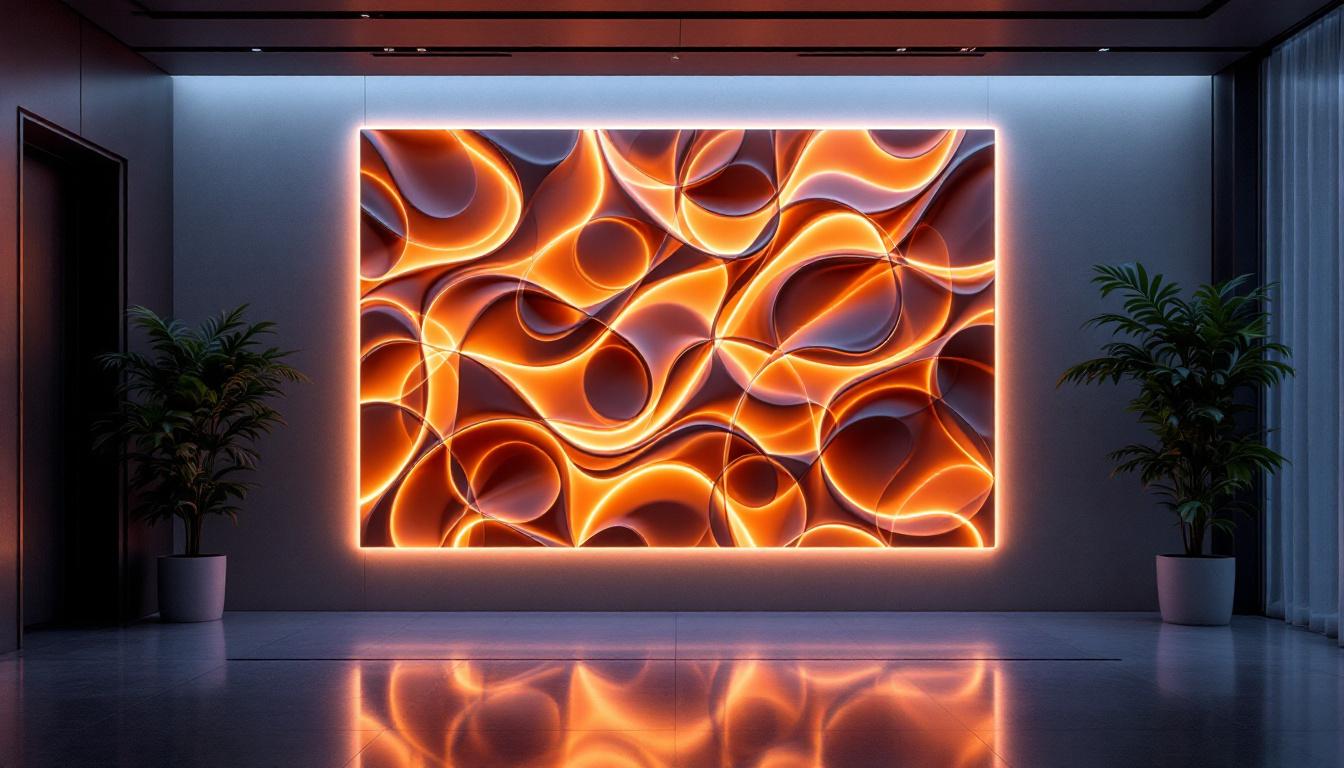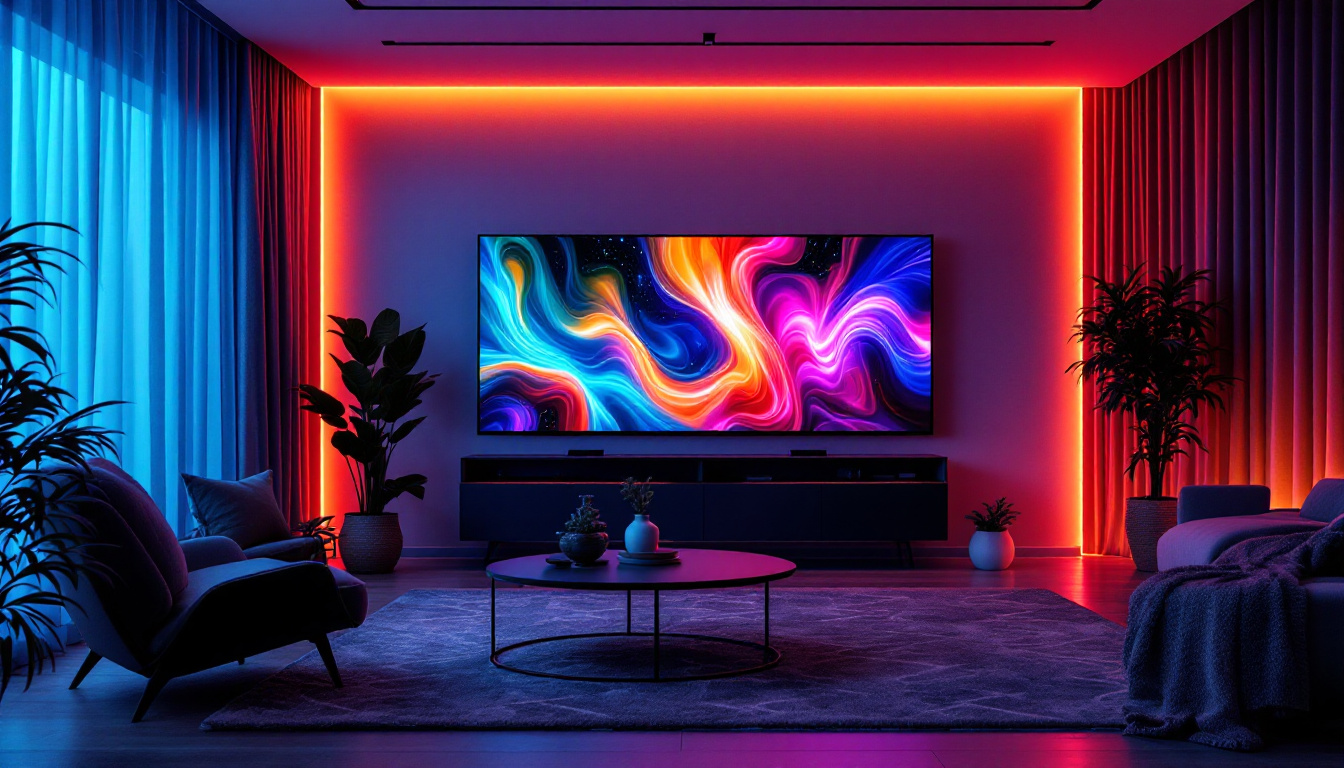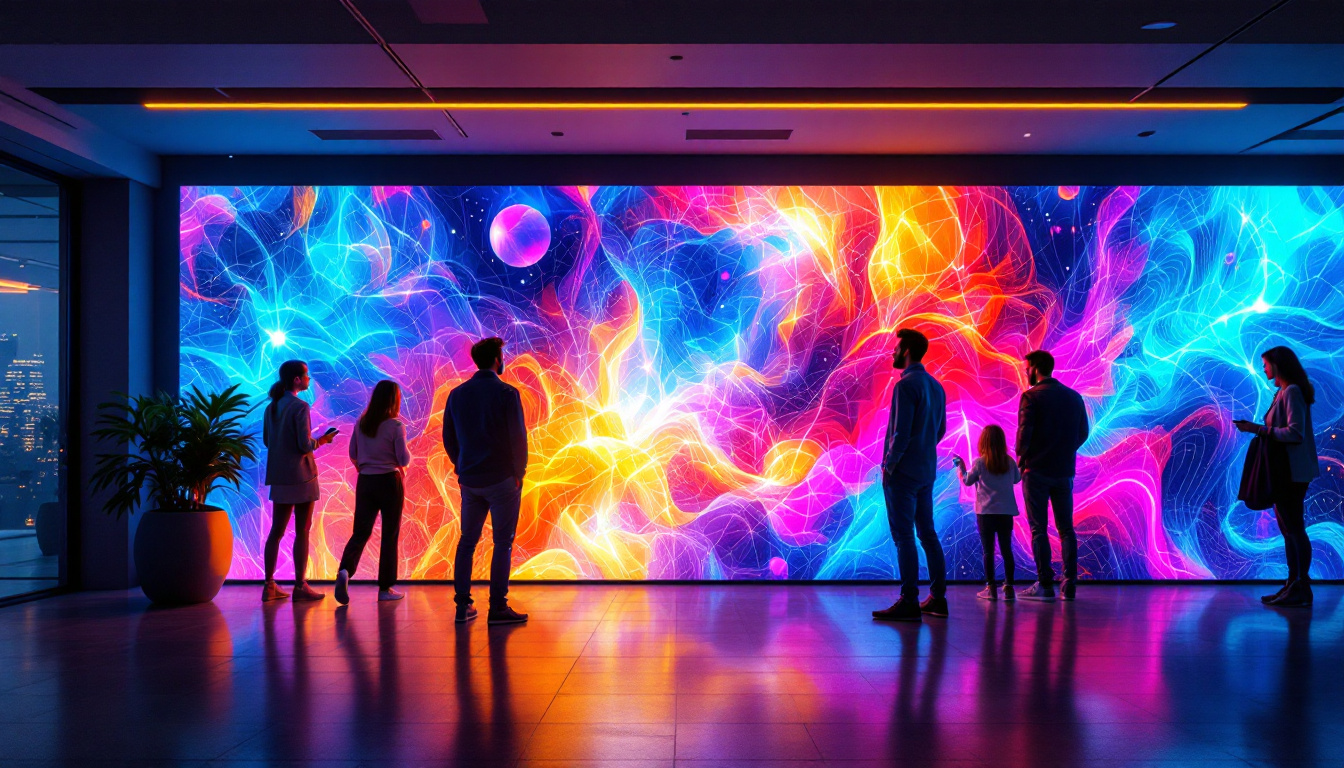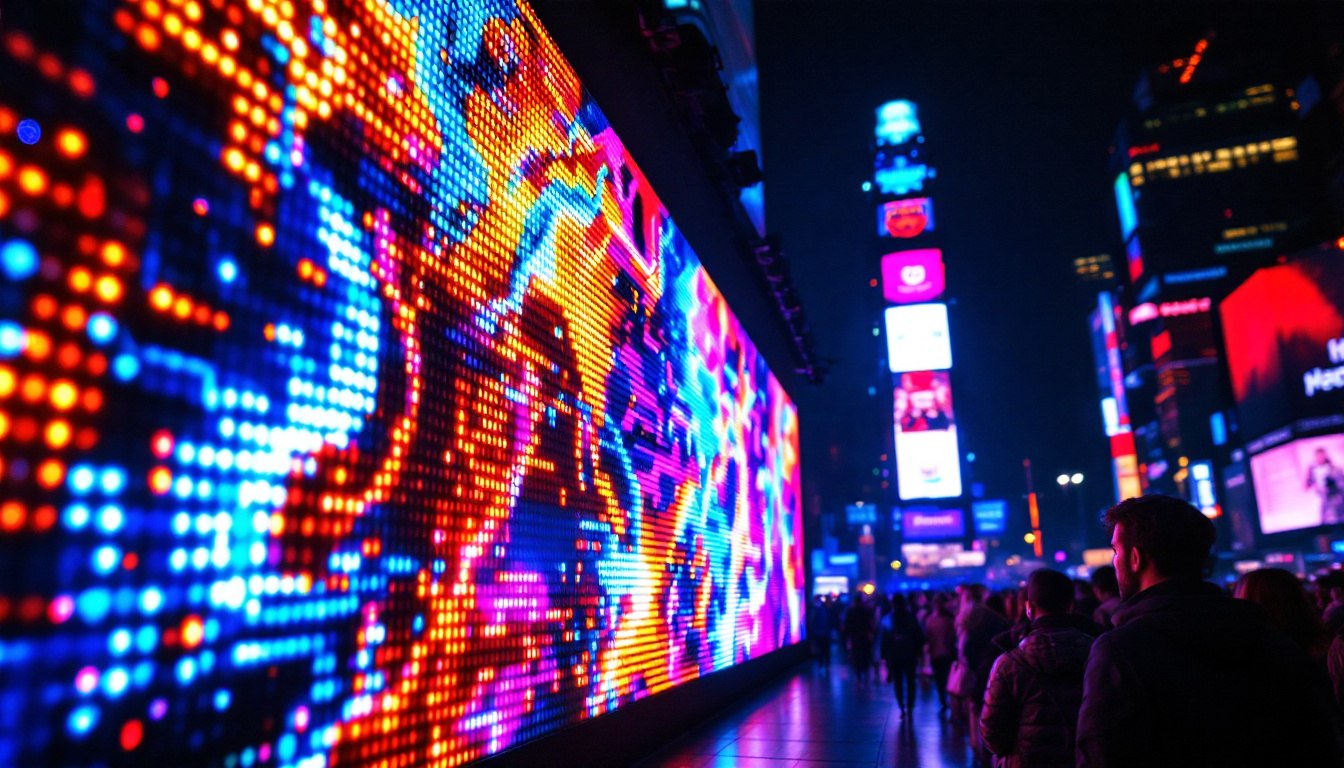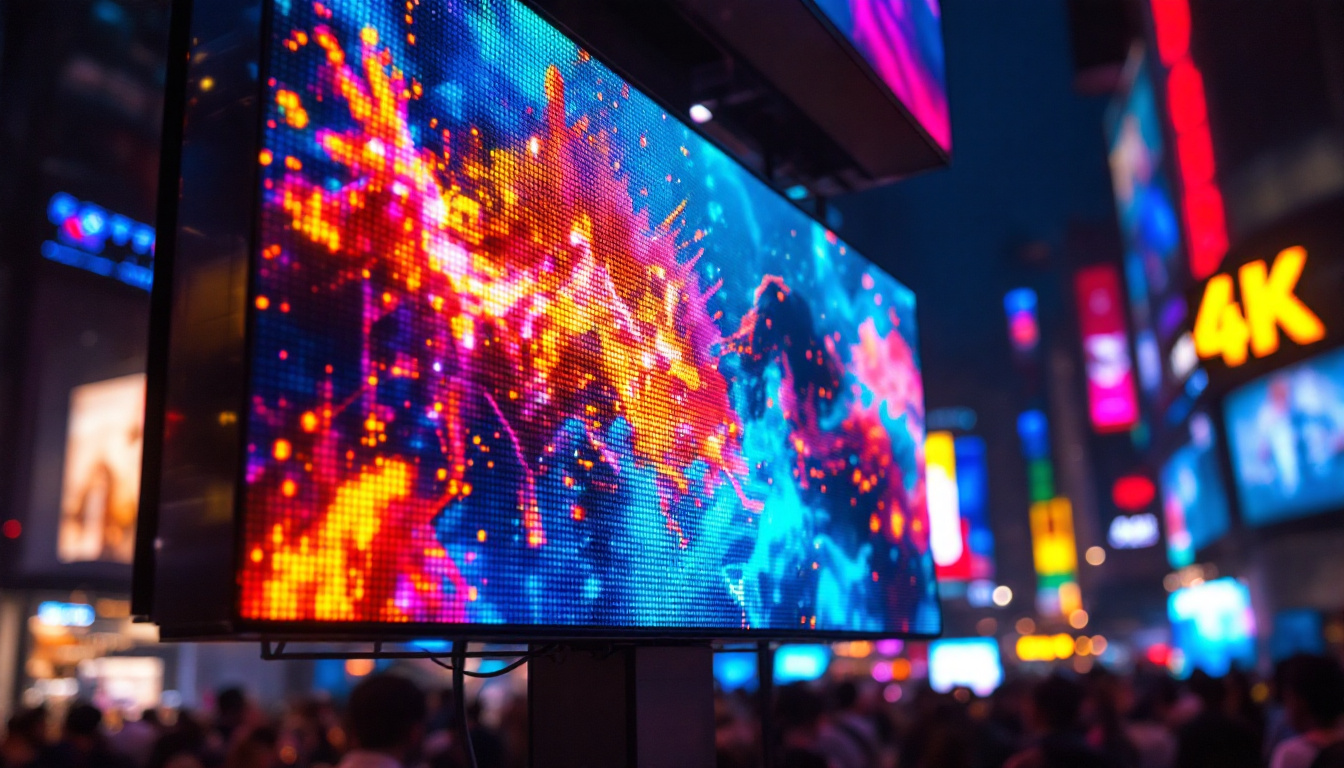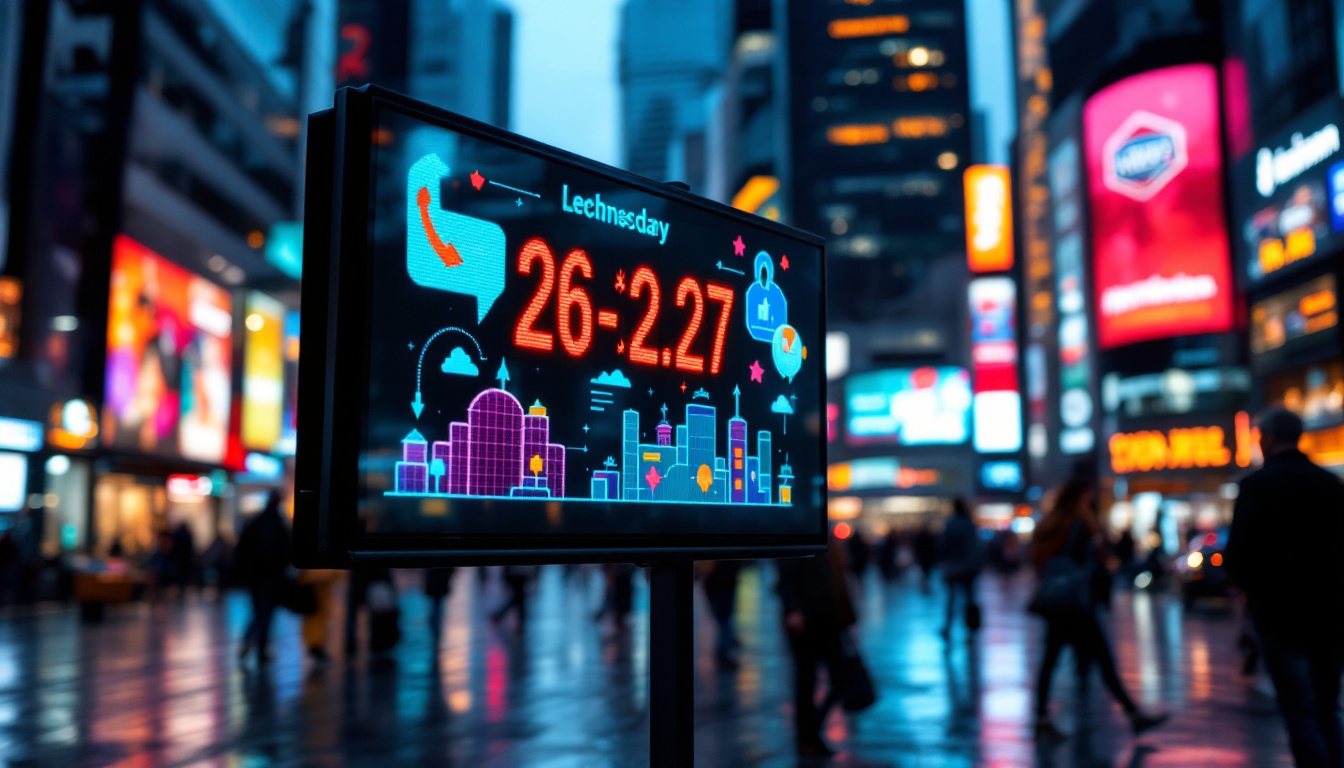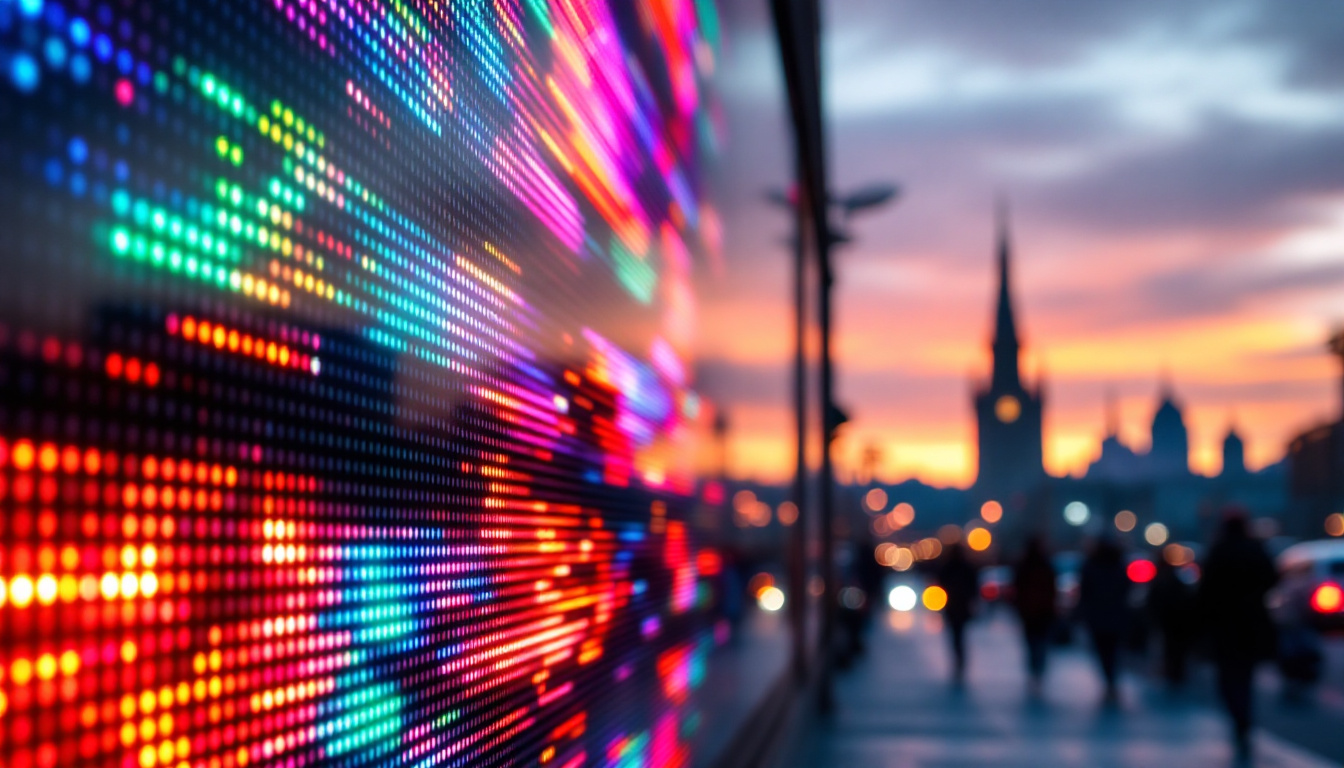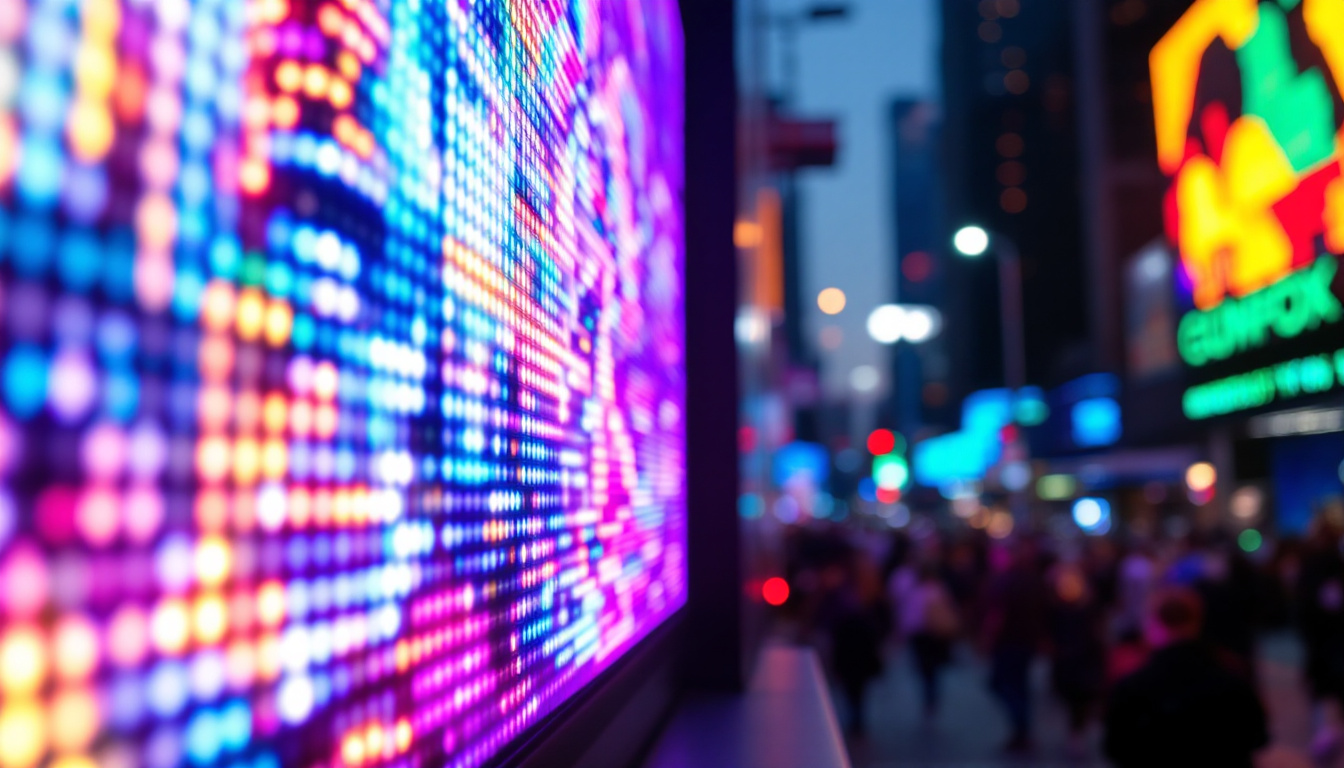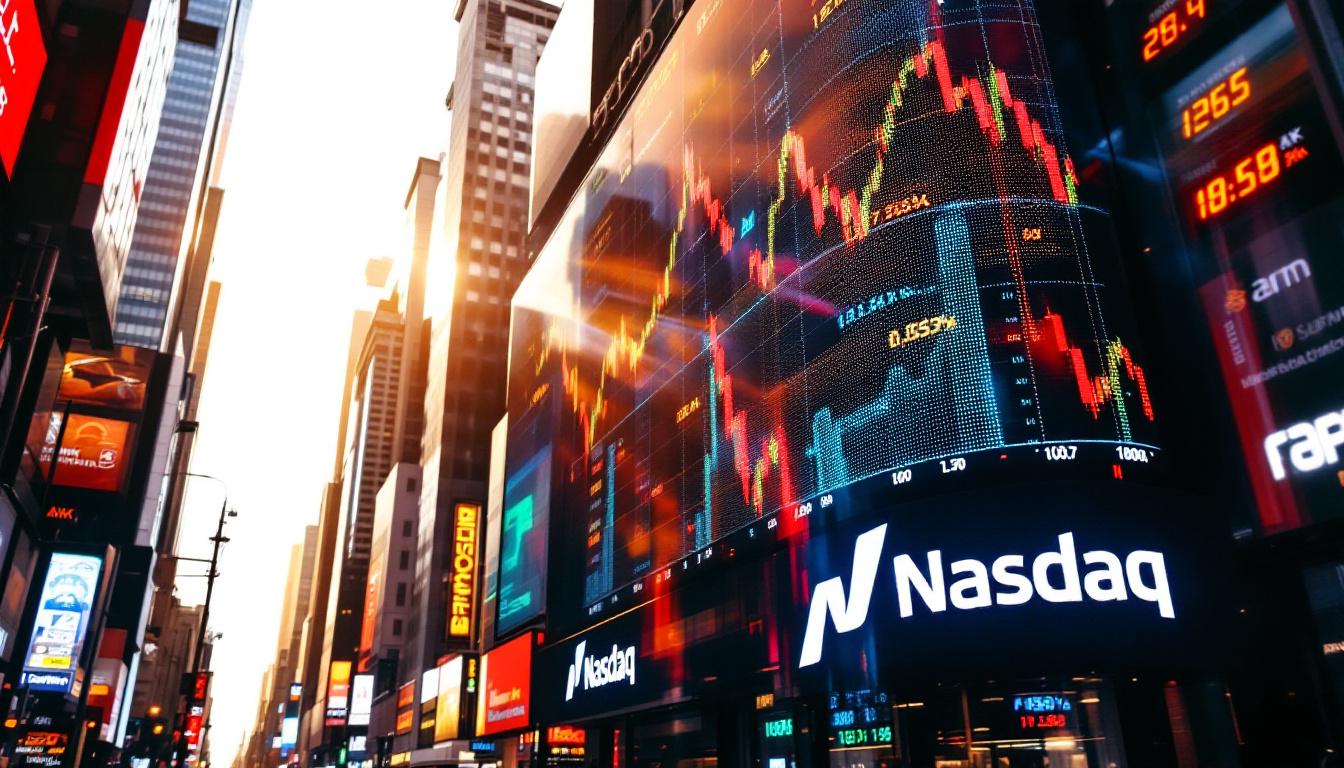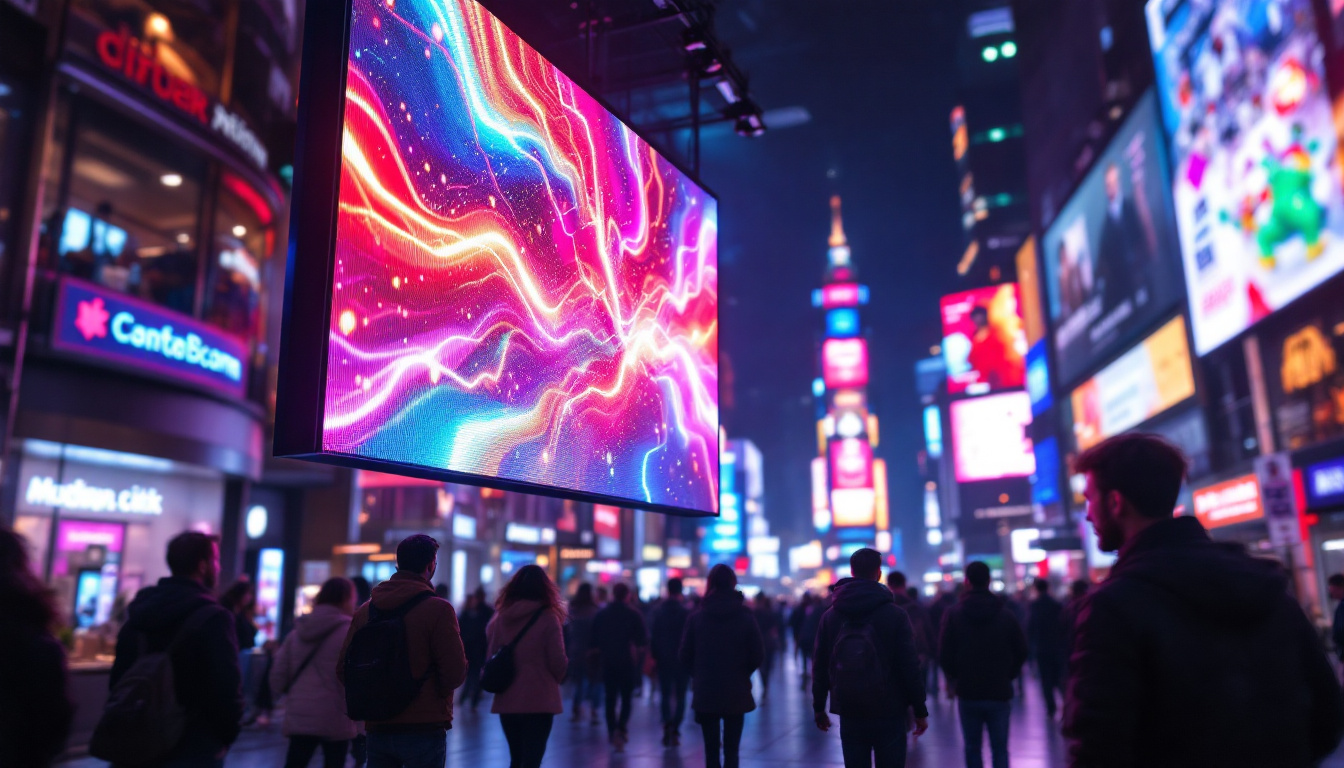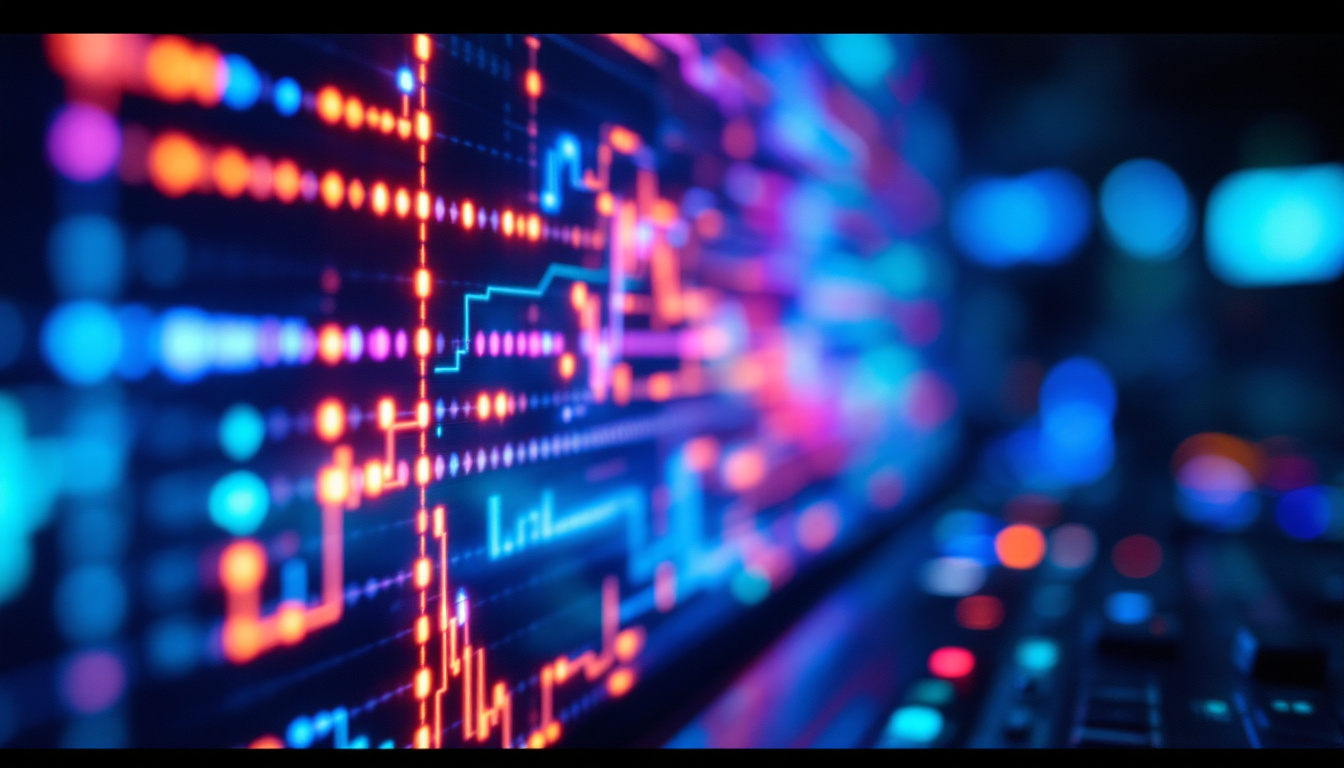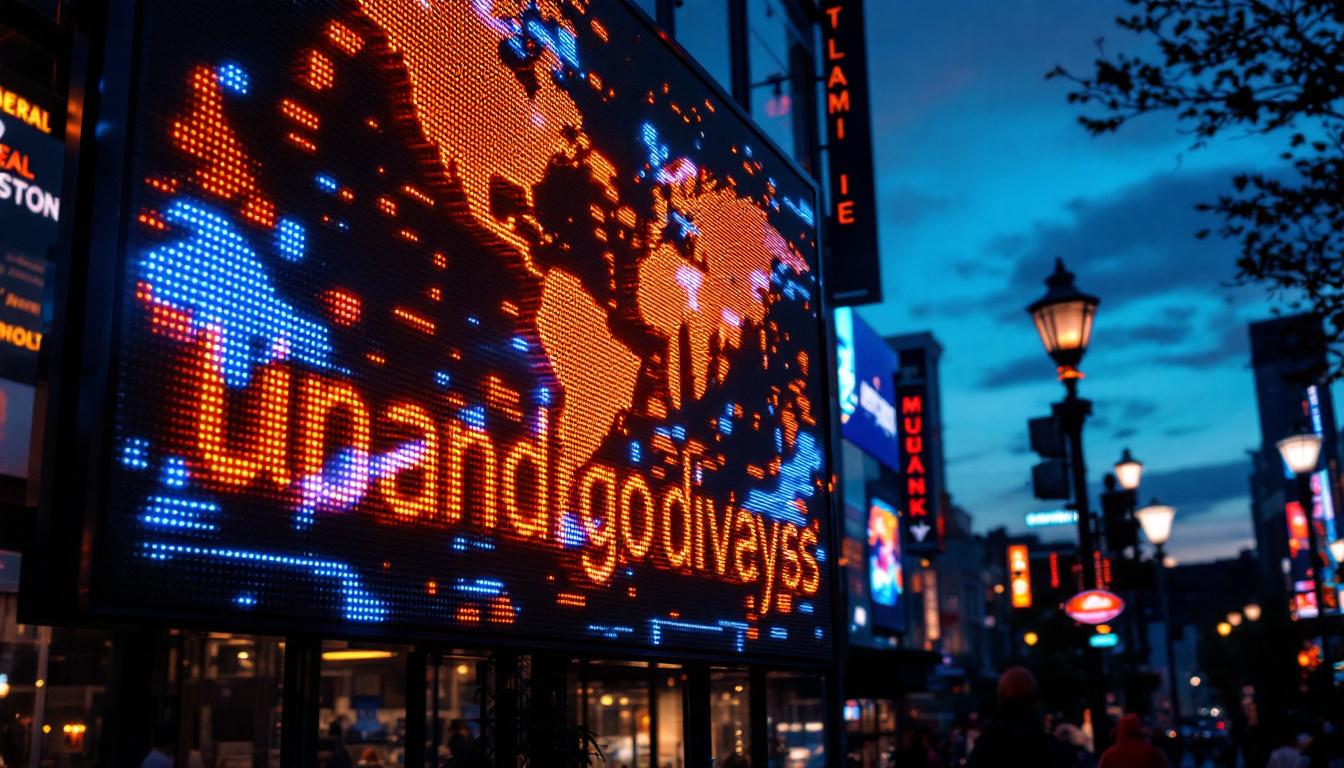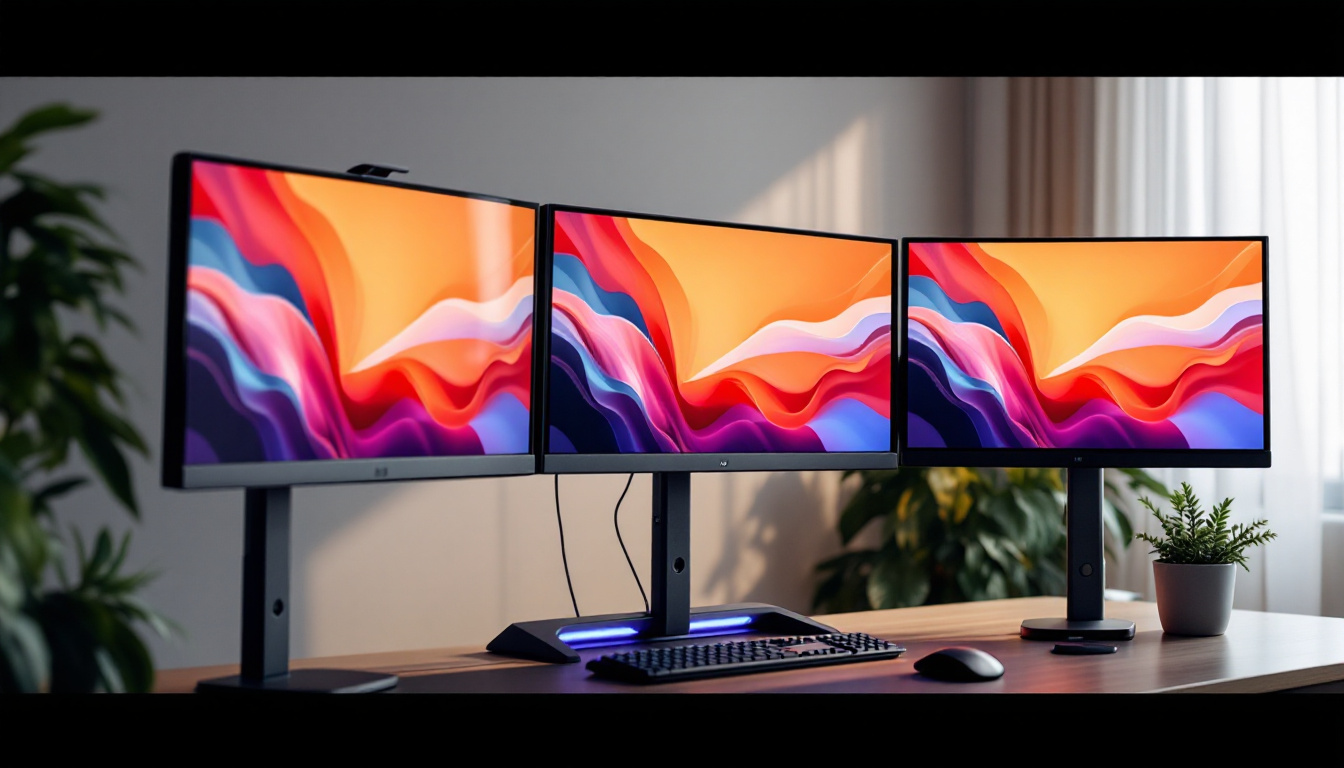In the ever-evolving landscape of advertising, LED displays have emerged as a powerful medium, revolutionizing the way brands communicate with their audience. These vibrant screens not only capture attention but also deliver messages in a dynamic and engaging manner. This article delves into the intricacies of LED displays, exploring their technology, applications, and benefits in the advertising world.
Understanding LED Technology
Light Emitting Diodes (LEDs) are semiconductor devices that emit light when an electric current passes through them. This technology forms the backbone of LED displays, allowing for bright, colorful visuals that can be seen even in daylight. The versatility and efficiency of LEDs have made them a popular choice for various applications, particularly in advertising. As the technology continues to evolve, we see innovations that push the boundaries of what is possible, including flexible displays and transparent screens, which open up new avenues for creative advertising and design.
The Basics of LED Displays
LED displays consist of numerous small LED bulbs arranged in a grid, which can be controlled to create images and videos. These displays can be categorized into two main types: indoor and outdoor. Indoor LED displays are typically used in venues such as shopping malls and concert halls, while outdoor displays are designed to withstand environmental elements and are often found in billboards and stadiums. The pixel pitch, or the distance between the centers of two adjacent pixels, plays a crucial role in determining the resolution and clarity of the display. A smaller pixel pitch results in a higher resolution, making it ideal for close viewing distances, while larger pitches are more suited for distant viewing.
How LED Displays Work
The operation of an LED display relies on a series of components, including the LED modules, control systems, and power supplies. The LED modules contain the individual LEDs, which emit light in various colors. The control system manages the content displayed on the screen, allowing for real-time updates and changes. Power supplies ensure that the LEDs receive the necessary voltage and current to function optimally. Additionally, advanced technologies such as video processing and color calibration are employed to enhance image quality and ensure that colors are displayed accurately, providing a vibrant viewing experience that captivates audiences.
Advantages of LED Technology
One of the primary advantages of LED technology is its energy efficiency. Compared to traditional display technologies, such as incandescent bulbs or fluorescent lights, LEDs consume significantly less power. This not only reduces operational costs but also minimizes the environmental impact. Additionally, LED displays have a longer lifespan, often lasting over 100,000 hours, which further enhances their appeal for advertisers. The durability of LEDs also means they are less prone to damage from shock and vibration, making them suitable for a variety of settings, from bustling urban environments to outdoor festivals. Furthermore, the ability to produce dynamic content that can be easily updated allows businesses to engage with their audience in real-time, making advertising more interactive and effective.
Applications of LED Displays in Advertising
LED displays have found their way into various advertising applications, transforming how brands engage with consumers. From large-scale outdoor billboards to interactive displays in retail environments, the versatility of LED technology allows for innovative advertising solutions.
Outdoor Advertising
Outdoor LED displays have become a staple in urban environments, capturing the attention of passersby with vibrant visuals and dynamic content. These displays are often used for advertising campaigns, event promotions, and public announcements. The ability to change content quickly and easily makes LED displays an attractive option for advertisers looking to reach a broad audience. Moreover, the brightness and clarity of LED screens ensure that messages are visible even in direct sunlight, making them effective at all times of the day. This adaptability not only maximizes visibility but also allows brands to tailor their messaging based on the time of day or current events, further enhancing their marketing strategies.
Retail Environments
In retail settings, LED displays serve as powerful marketing tools. They can be used to showcase products, promote sales, or create immersive experiences for customers. Interactive LED displays, which respond to customer engagement, are particularly effective in drawing attention and encouraging purchases. By integrating LED technology into their marketing strategies, retailers can enhance the shopping experience and drive sales. For instance, some stores utilize LED screens to create virtual fitting rooms, allowing customers to see how clothing would look without physically trying them on. This not only saves time but also adds an element of fun to the shopping process, making it more likely that customers will make a purchase. Additionally, LED displays can be programmed to show customer testimonials or highlight social media interactions, further building a connection between the brand and its audience.
Event Marketing
LED displays play a crucial role in event marketing, providing a platform for live broadcasts, presentations, and advertisements. Whether at concerts, trade shows, or sporting events, these displays can deliver real-time information and captivating visuals that keep audiences engaged. The flexibility of LED technology allows event organizers to customize content to suit the specific needs of their audience. For example, during a sports event, LED screens can display live scores, player statistics, and even fan interactions through social media feeds. This not only enhances the spectator experience but also creates a sense of community among attendees. Furthermore, LED displays can be strategically placed to guide attendees through large venues, providing directions and information in an eye-catching format that ensures no one misses important updates or announcements. The integration of augmented reality features into LED displays at events is also on the rise, offering attendees an interactive experience that blends the physical and digital worlds, making events more memorable and engaging.
Benefits of Using LED Displays for Advertising
The adoption of LED displays in advertising comes with a multitude of benefits that can significantly enhance marketing efforts. From increased visibility to cost-effectiveness, these displays offer a range of advantages that make them a preferred choice for advertisers.
High Visibility and Impact
One of the most significant benefits of LED displays is their high visibility. The brightness and clarity of LED technology ensure that advertisements stand out, even in bright daylight. This increased visibility translates to greater engagement and higher chances of attracting potential customers. The dynamic nature of LED displays allows for eye-catching animations and videos, further enhancing their impact.
Cost-Effectiveness
While the initial investment in LED displays may be higher than traditional advertising methods, the long-term cost savings are substantial. LED displays are energy-efficient, reducing electricity costs, and their durability means lower maintenance and replacement expenses. Additionally, the ability to update content quickly eliminates the need for printing new materials, further cutting costs.
Flexibility and Customization
LED displays offer unparalleled flexibility in terms of content delivery. Advertisers can easily change messages, images, and videos to reflect current promotions or events. This adaptability allows brands to respond quickly to market trends and consumer preferences, ensuring that their advertising remains relevant and engaging. Furthermore, LED displays can be customized in size and shape to fit various locations and branding requirements.
Challenges and Considerations
Despite the numerous advantages of LED displays, there are challenges and considerations that advertisers must keep in mind. Understanding these factors can help businesses make informed decisions about their advertising strategies.
Initial Investment Costs
The upfront costs associated with purchasing and installing LED displays can be a barrier for some businesses. While the long-term savings are evident, the initial financial outlay may deter smaller companies or those with limited budgets. It is essential for businesses to weigh the potential return on investment against the initial costs when considering LED displays for advertising.
Content Management
Effective content management is crucial for maximizing the impact of LED displays. Advertisers must ensure that the content is engaging, relevant, and updated regularly. This requires a dedicated team or software solutions to manage and schedule content effectively. Poorly managed content can lead to disengagement and diminish the effectiveness of the display.
Regulatory Compliance
In many regions, there are regulations governing the use of LED displays, particularly for outdoor advertising. Advertisers must be aware of local laws and guidelines to ensure compliance and avoid potential fines or penalties. This may include restrictions on brightness levels, content types, and display locations. Navigating these regulations is essential for successful advertising campaigns.
The Future of LED Advertising
The future of LED advertising looks promising, with advancements in technology and increasing demand for innovative advertising solutions. As businesses continue to seek effective ways to engage consumers, LED displays will likely play a central role in shaping the advertising landscape.
Technological Advancements
As technology continues to evolve, LED displays are becoming more sophisticated. Innovations such as higher resolution displays, improved color accuracy, and enhanced interactivity are paving the way for more immersive advertising experiences. The integration of artificial intelligence and data analytics will further enhance the effectiveness of LED advertising, allowing for targeted campaigns that resonate with specific audiences.
Integration with Digital Marketing
The convergence of LED advertising with digital marketing strategies is another trend that is likely to shape the future of advertising. Brands are increasingly leveraging data-driven insights to create personalized content that resonates with their target audience. By integrating LED displays with social media and online campaigns, advertisers can create cohesive marketing strategies that drive engagement and conversions.
Sustainability Considerations
As sustainability becomes a priority for consumers and businesses alike, the advertising industry is also evolving to meet these demands. LED displays, with their energy efficiency and long lifespan, are inherently more sustainable than traditional advertising methods. Future developments may focus on further reducing the environmental impact of LED displays, such as utilizing recyclable materials and minimizing energy consumption.
Conclusion
LED displays have transformed the advertising landscape, offering a dynamic and engaging way for brands to connect with their audience. With their high visibility, cost-effectiveness, and flexibility, LED displays provide numerous advantages that make them an attractive choice for advertisers. However, businesses must also navigate the challenges associated with initial investment costs, content management, and regulatory compliance.
As technology continues to advance and the demand for innovative advertising solutions grows, LED displays are poised to play an even more significant role in the future of advertising. By embracing this technology, brands can enhance their marketing strategies and create memorable experiences that resonate with consumers. In a world where attention is fleeting, LED displays offer a beacon of light, capturing interest and driving engagement in an increasingly competitive marketplace.
Illuminate Your Brand with LumenMatrix
Ready to elevate your advertising strategy with the brilliance of LED technology? Discover how LumenMatrix can transform your brand’s visibility and audience engagement. As a pioneer in LED display innovation, LumenMatrix offers an extensive array of solutions, including Indoor and Outdoor LED Wall Displays, Vehicle LED Displays, LED Poster Displays, LED Sports Displays, Floor LED Displays, Custom LED Displays, All-in-One LED Displays, and LED Transparent Displays. Embrace the future of visual communication with our cutting-edge digital signage and LED display solutions. Check out LumenMatrix LED Display Solutions today and let your message shine with clarity and impact.

